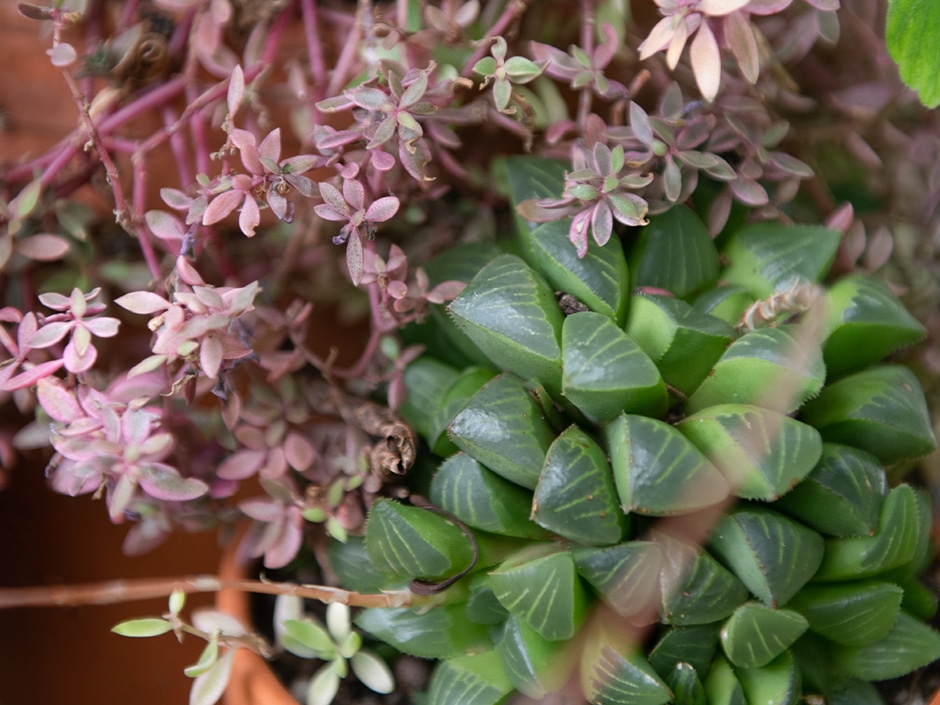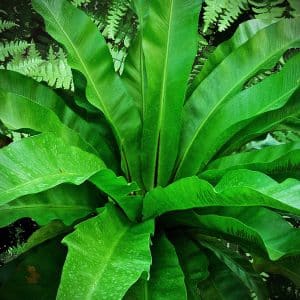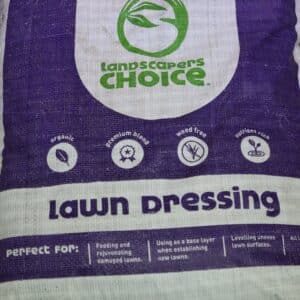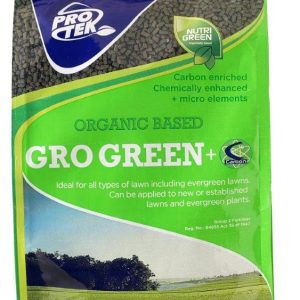Succulent Care Guide
Succulents and cacti

Succulent plants have a supernatural ability to survive in almost every environment. They store water in their fleshy leaves and can battle long periods of drought, surviving in a barren desert or a dainty teacup on a windowsill. But even the most low-maintenance plants need some TLC.
Don’t take your succulents for granted. Just because they can survive harsh environments doesn’t mean they’ll hold out forever without nutrition, hydration and fresh air. Follow our succulent care guide to get the most out of your collection.
Potting a succulent plant
The most important part of succulent potting is ensuring that your pot has a drainage hole at the bottom. Succulents dislike having wet feet and will start taking strain quickly if water isn’t able to drain well.
Succulent soil requirements
Rich and nutritious potting soils are a no-no for succulents. The best soils for succulents are porous, sandy soils that allow food, water and air to get to the roots and have adequate water drainage.
The potting medium should include sand, drainage chips and vermiculite, or a mix of a low-peat planter mix and pumice (50/50), with a top dressing of granite or pea gravel.
How to water a succulent
During the warmest part of the year, succulents have an active growing period and need thorough watering once a week. Don’t water in dribs and drabs. Rather wait until the soil is completely dry and then give the plant a good drenching. Once watered, remember to empty the saucer beneath the pot so that the roots don’t sit in excess water.
The cooler months of the year are when succulents can tolerate a little bit of neglect. During this period, they enter a dormant phase and only require watering once a month.
Succulent fertiliser
For succulents, too much fertiliser can be worse than none at all. Keep a healthy balance with a low-nitrogen fertiliser at about a half to a quarter of the recommended rate.
Light requirements: less is more
Contrary to popular belief, succulent plants grow better when they’re not cooking in the hot midday sun. In natural environments, you will find succulents tucked under bushes, trees or other barriers that provide filtered light. Keep this in mind when choosing a space to plant your succulent.
Outdoors, opt for areas that receive four to five hours of morning or afternoon sun only. Indoors, however, choose an area near a bright window that gets light most of the day.
Airflow
Succulent plants struggle in stagnant air, so make sure they have good air circulation.
Succulent troubleshooting
If new growth on your plant is pale green and elongated, your plant needs more light.
But if the side of your plant facing the light source is yellow, tan, red or indented, it is getting too much light.
Inspect your plant regularly for pests. Mealybugs in particular love succulents. At the first sign of an infection, wipe your plant down with rubbing alcohol, or spray regularly with a preventative product such as Biogrow Bioneem.
Bright idea: Indoor succulents may be common, but succulent gardens can look incredible as well, so don’t overlook this hardy waterwise plant if you have the garden space outside.
For more succulent care tips read these blogs:
You might also like
Shop online
-
BIRDS NEST FERN
- R99.99
-
Consultants on Call
- R350.00 – R500.00
-
GRO GREEN FERTILIZER
- R139.99 – R259.99




